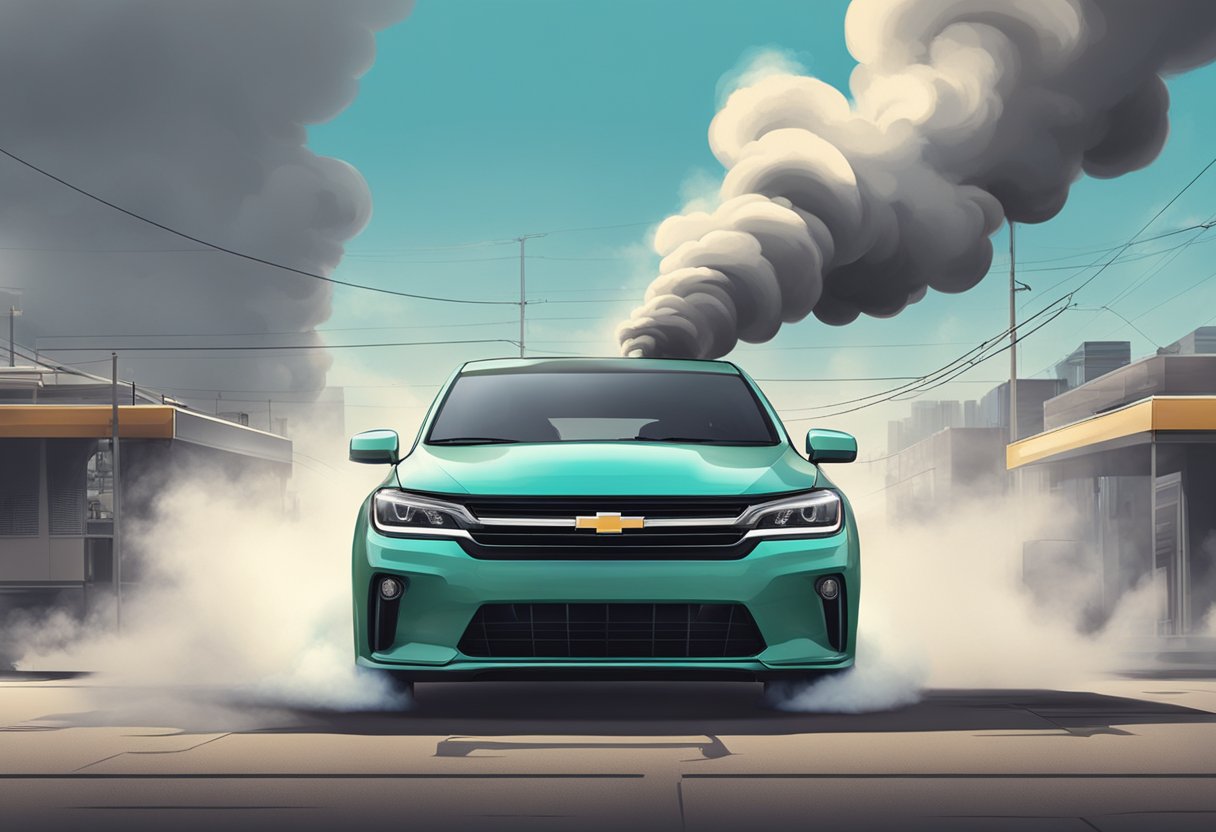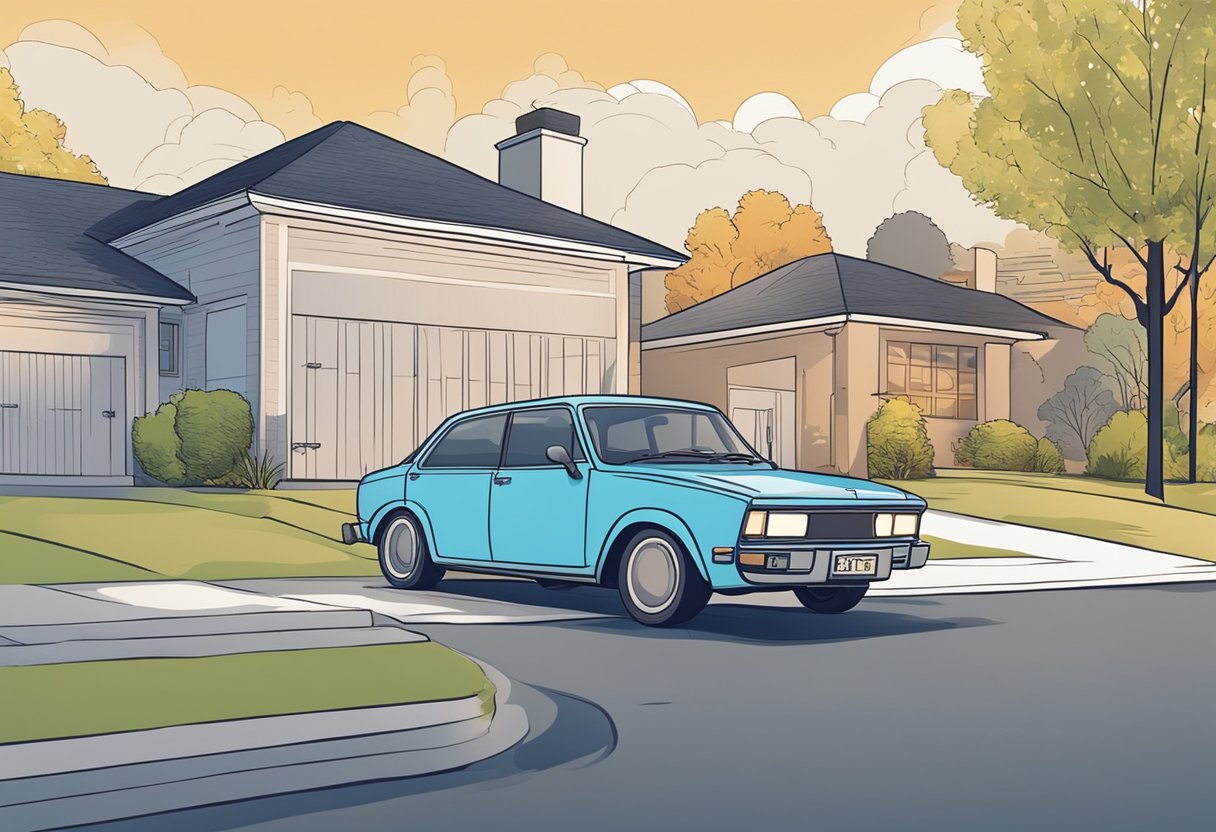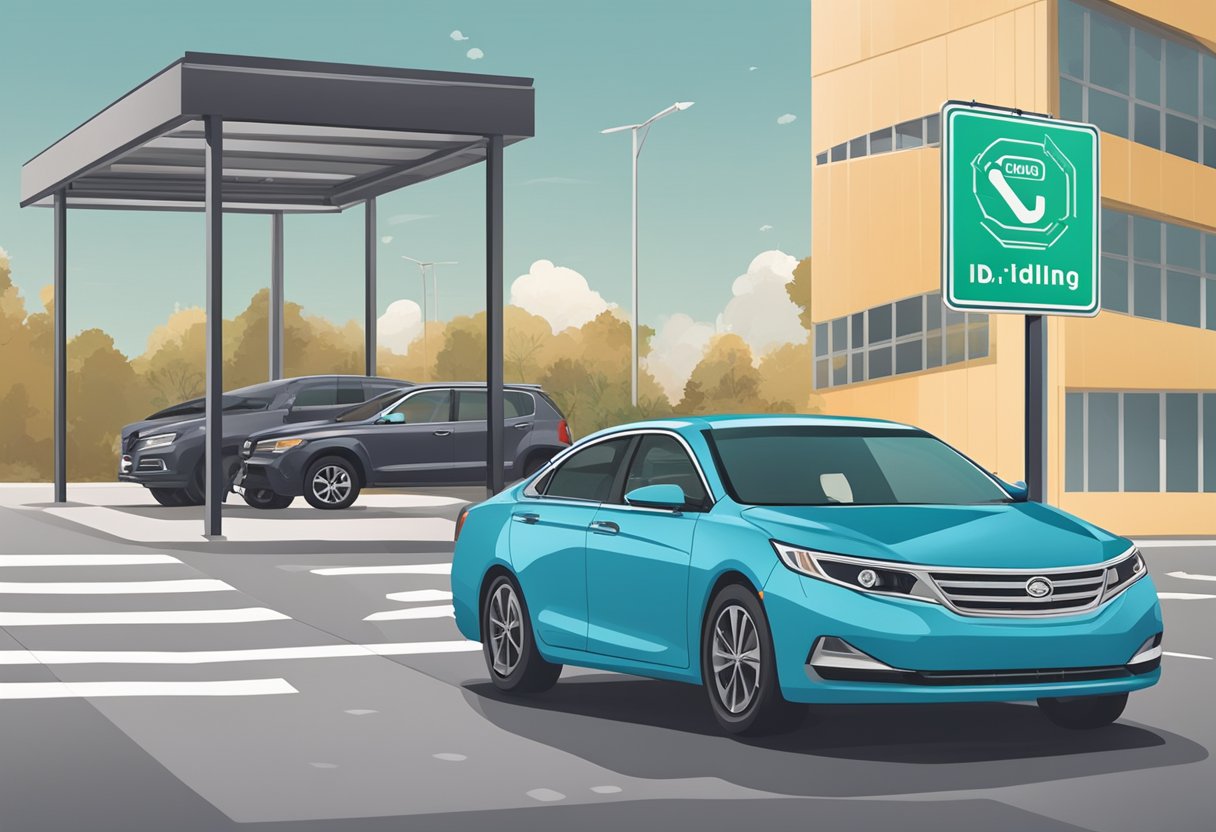If you’re like most people, you probably spend a significant amount of time idling your vehicle. Whether you’re waiting in line at the drive-thru, picking up a friend, or stuck in traffic, it’s easy to think that idling is no big deal. However, the truth is that idling can have a significant impact on your vehicle and the environment.
When you idle your vehicle, you’re essentially running the engine without going anywhere. This means that your engine is still burning fuel, even though you’re not moving. Over time, this can cause wear and tear on your engine, leading to decreased fuel efficiency, increased emissions, and potentially costly repairs. Whats more, idling can have negative impacts on the environment, contributing to air pollution and climate change.
Understanding Vehicle Idling
Defining Idling and Its Common Scenarios
Idling refers to running your car’s engine while the vehicle is stationary. This can occur in various scenarios, such as waiting in traffic, at a drive-thru, or while waiting to pick up someone. Idling can also occur when you leave your car running while you run an errand or go into a store.
How Idling Affects Engine Components
Idling your car can have a significant impact on the engine components. When you idle your car, the engine continues to run while the vehicle is stationary, which can cause engine wear and tear. The engine components, such as the cylinders, pistons, and valves, are not getting the lubrication they need when the vehicle is not moving. This can cause the engine oil to break down and increase the risk of engine damage.
Modern engines are designed to be more fuel-efficient and environmentally friendly, but they are also more sensitive to idling. Idling for prolonged periods can cause damage to the engine’s components, leading to decreased engine performance and increased maintenance costs.
Auto idle stop technology is a feature that is available in some modern cars. This technology automatically turns off the engine when the vehicle is stationary, such as at a stoplight or in traffic. This can help reduce fuel consumption and emissions, as well as reduce engine wear and tear.
To summarize, idling your car can have a negative impact on your engine components and can lead to increased maintenance costs. Modern engines are more sensitive to idling, and auto idle stop technology can help reduce the negative effects of idling.
Environmental and Health Impacts
When it comes to idling your vehicle, the environmental and health impacts are significant. The following subsections will explain the impact of idling on air pollution and emissions, as well as the health risks associated with exhaust gases.
Air Pollution and Emissions
Idling your vehicle contributes to air pollution by releasing harmful emissions into the atmosphere. According to Argonne National Laboratories, idling vehicles waste 6 billion gallons of fuel and emit 130 million tons of carbon dioxide annually in the United States alone. These emissions include nitrogen oxides, particulate matter, and carbon monoxide, all of which are harmful to the environment and human health.
Nitrogen oxides (NOx) are a major contributor to smog and acid rain, while particulate matter can cause respiratory problems and aggravate existing conditions such as asthma. Carbon monoxide (CO) is a poisonous gas that can be lethal in high concentrations. All of these emissions contribute to climate change and global warming.
Health Risks Associated with Exhaust Gases
Exhaust gases from idling vehicles can have serious health consequences, particularly for children and those with existing respiratory conditions. According to the NC Department of Environmental Quality, idling vehicles release harmful chemicals, gases, and particle pollution into the air, contributing to ozone, regional haze, and global climate change. These pollutants can cause respiratory problems, including coughing, wheezing, and shortness of breath. They can also aggravate existing conditions such as asthma and bronchitis.
Children are particularly vulnerable to the health risks associated with exhaust gases. Their lungs are still developing, and they breathe faster than adults, which means they inhale more pollutants per pound of body weight. Exposure to these pollutants can cause long-term health problems, including reduced lung function, chronic bronchitis, and even premature death.
In conclusion, idling your vehicle has significant environmental and health impacts. By reducing idling time, you can help improve air quality, reduce greenhouse gas emissions, and protect your health and the health of those around you.
Economic Implications of Idling
Idling your vehicle can have a significant impact on your wallet. In this section, we will discuss the economic implications of idling, including fuel consumption and cost, as well as maintenance and repair expenses.
Fuel Consumption and Cost
When you idle your vehicle, you are essentially burning fuel without going anywhere, which can quickly add up. According to the Alternative Fuels Data Center, idling for more than 10 seconds uses more fuel and produces more emissions that contribute to smog and climate change than stopping and restarting your engine does. Researchers estimate that idling from heavy-duty and light-duty vehicles combined wastes about 6 billion gallons of fuel annually in the United States alone.
The cost of fuel can vary greatly depending on where you live and the type of vehicle you drive. However, regardless of the price per gallon, idling your vehicle for extended periods of time can significantly increase your fuel expenses. For example, if you idle for just 10 minutes a day, that can add up to over 30 hours of idling per month, which can cost you hundreds of dollars in fuel expenses per year.
Maintenance and Repair Expenses
In addition to the cost of fuel, idling can also lead to increased maintenance and repair expenses. When you idle your vehicle, the engine is still running, which can cause unnecessary wear and tear on various components of your vehicle. For example, idling for extended periods of time can cause your spark plugs to foul, your battery to drain, and your alternator to wear out faster.
Regular maintenance can help reduce the impact of idling on your vehicle. However, if you frequently idle your vehicle, you may need to replace certain components more often than you would otherwise, which can add up to significant maintenance and repair expenses over time.
In conclusion, idling your vehicle can have a significant impact on your wallet. By reducing your idling time, you can save money on fuel expenses and reduce the wear and tear on your vehicle, which can help you avoid costly maintenance and repair expenses down the road.
How does idling affect the function of passive disabling devices in vehicles?
Idling can compromise passive disabling devices functionality in vehicles. When a vehicle is left idling, it can drain the battery, reducing the power supply to the passive disabling devices. This can decrease their effectiveness in preventing theft and unauthorized use of the vehicle.
How Does Idling Affect the Exterior of My Car and Can Using a Magic Eraser Help?
Idling can lead to dirt and grime buildup on your car’s exterior. Using a Magic Eraser can safely clean your car and remove tough stains, but be cautious not to apply too much pressure, as it can damage the paint. Regularly washing and waxing your car is the best way to maintain its exterior.
Idling Myths and Misconceptions
When it comes to idling, there are many myths and misconceptions that have been circulating for years. In this section, we’ll take a closer look at some of the most common ones.
The “Warm Up” Fallacy
One of the most common myths about idling is that you need to let your car “warm up” before driving. Many people believe that idling your car for a few minutes before driving will help warm up the engine and prevent wear and tear. However, this is not true for modern cars. In fact, idling your car for more than 30 seconds is not only unnecessary but also harmful to your engine.
Idling vs. Turning Off and On
Another common misconception is that turning your car off and on is more harmful than idling. This is not true. In fact, turning your car off and on is more efficient than idling. When you turn your car off and on, you use less fuel and produce fewer emissions than when you idle.
Also, idling your car for long periods of time can cause wear and tear on your engine, which can lead to costly repairs down the road. So, if you’re going to be stopped for more than 60 seconds (except in traffic), it’s better to turn off your engine and restart it when you’re ready to go.
In summary, idling your car is not only unnecessary but also harmful to your engine. Turning your car off and on is more efficient than idling, and it can help prevent wear and tear on your engine. Don’t fall for these common myths about idling.
Legislation and Technological Solutions
Anti-Idling Laws and Regulations
In recent years, many cities and states have implemented anti-idling laws and regulations to reduce emissions and improve air quality. These laws typically limit the amount of time that a vehicle can idle while parked or stopped. For example, in New York City, vehicles are not allowed to idle for more than three minutes, and in California, the limit is five minutes. Violating these laws can result in fines ranging from $50 to $500.
It is important to note that these laws may not apply to all vehicles or situations. For example, emergency vehicles, vehicles stuck in traffic, and vehicles that need to idle to power equipment may be exempt from these laws. You should check your local laws and regulations to determine if anti-idling laws apply to you.
Advancements in Engine Technology
Modern engines have made significant advancements in reducing the need to idle. Auto idle stop technology, for example, automatically shuts off the engine when the vehicle is stopped, and restarts it when the driver presses the accelerator pedal. This technology can improve fuel efficiency and reduce emissions, especially in stop-and-go traffic.
Other advancements in engine technology, such as direct injection and variable valve timing, have also improved fuel efficiency and reduced emissions. These technologies allow engines to operate more efficiently, reducing the need for idling.
Overall, while anti-idling laws and regulations can help reduce emissions and improve air quality, advancements in engine technology are also playing a significant role in reducing the need to idle. If you are concerned about idling and its impact on your vehicle, you should consider upgrading to a vehicle with modern engine technology.
As an Amazon Associate we earn from qualifying purchases.















